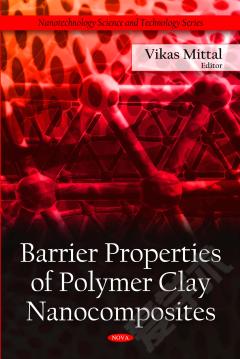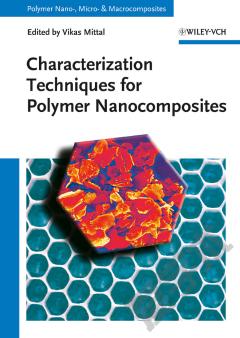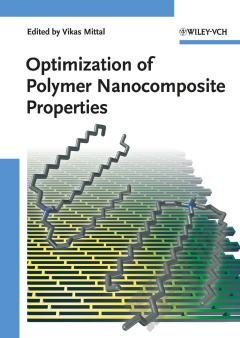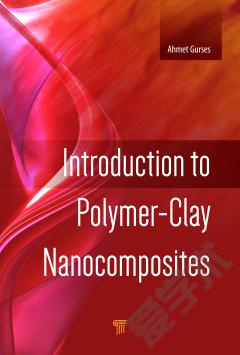Barrier Properties of Polymer Clay Nanocomposites
Polymer nanocomposites are organic-inorganic hybrids where the high aspect ratio inorganic filler can be delaminated in the organic matrix at the nanometer scale, thus leading to significant enhancement of composite properties at very low filler volume fractions. With the advancement of polymer nanocomposites technology, significant enhancements in mechanical and thermal properties of the composites could be achieved. However, other important properties like gas barrier properties, which form an absolutely necessary requirement for the use of materials in packaging and storage applications, were relatively neglected. By improving the barrier performance of the materials by incorporation of high aspect ratio nano platelets, one can expect to reduce the thickness of the commercial packaging laminates and other materials where thick material is required to be used to provide barrier to various gases. This can thus lead to significant amount of savings in the material costs and can make the polymer materials more light and also transparent as the nano scale dispersed filler would not scatter light. This book examines the factors affecting barrier properties enhancement in polar polymer matrices, which are different from case when non polar polymers are involved, thus indicating that the performance has to be quantized by case by case basis. The commonly used conventional models for prediction of permeation reduction are also less representative of the true microstructure of the nanocomposites. Thus the barrier performance of the polymer nanocomposite materials is also explored, separate from the more bulk based mechanical properties.
{{comment.content}}








 京公网安备 11010802027623号
京公网安备 11010802027623号